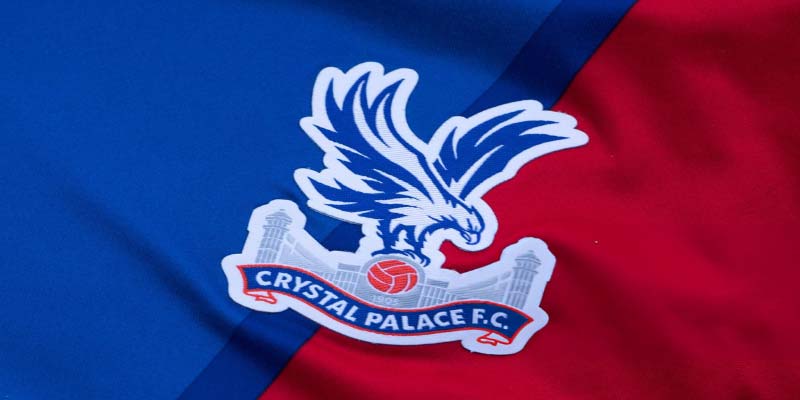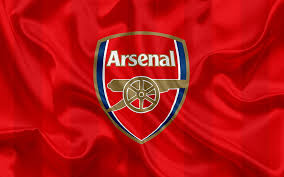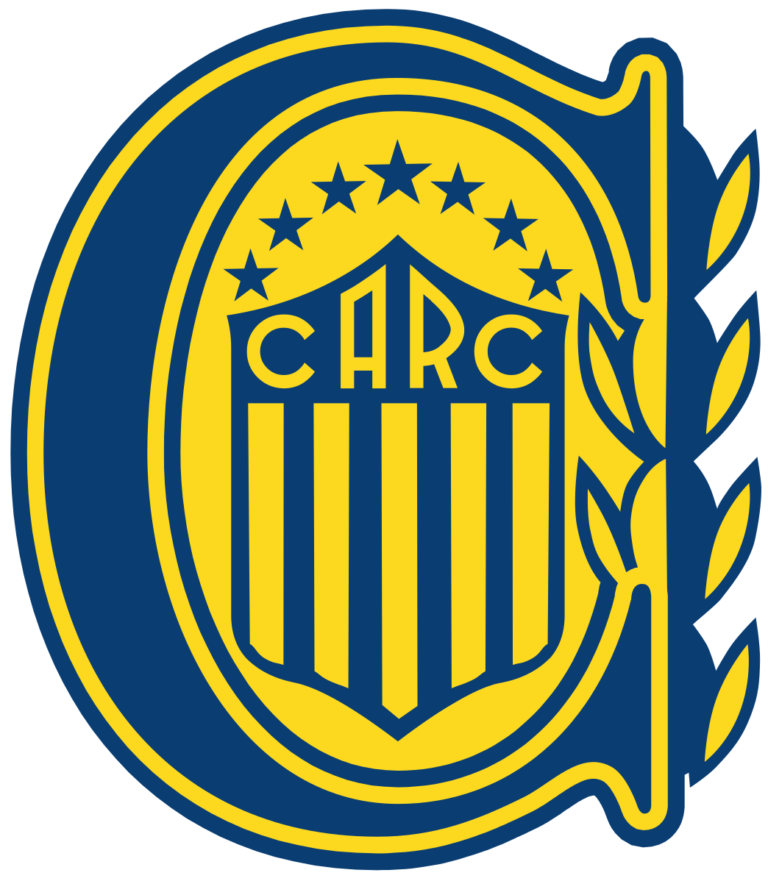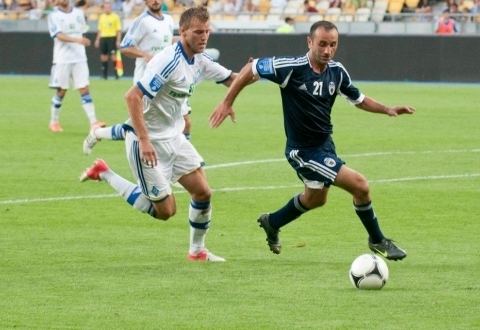
Crystal Palace FC: The Underdog Club with a Fierce Soul
Crystal Palace FC isn’t just a football club—it’s South London’s heartbeat. Born in 1905, this underdog team has defied odds, stirred emotions, and sparked pride across generations. More than their battles on the pitch, Palace represents resilience, rebellion, and raw passion. From the iconic Selhurst Park roars to the unwavering loyalty of its fans, the club thrives as a symbol of unity in a city of contrasts. Crystal Palace FC is where football meets identity, where dreams rise from the shadows—and soar. Their story isn’t just history—it’s a living, breathing legacy etched into English football folklore.
The 1980s to 1990s: Trials and Triumphs
The subsequent decades brought a mixture of trials and triumphs for Crystal Palace FC, highlighting the volatility and unpredictability of football. This era saw the emergence of significant personalities and critical developments that would shape the club’s legacy.
The Arrival of Steve Coppell
Steve Coppell, a former player turned manager, had a profound impact on the club during the 1980s. His leadership brought stability, and he played a key role in promoting younger talent within the squad. Under his guidance, the club started to develop a distinct style of play, which resonated with the supporters.
Coppell’s tenure also showcased the importance of nurturing homegrown talent. Players like Mark Bright and Geoff Thomas became household names, further solidifying the connection between the club and its fans. It was a period where the community felt directly involved in the progress and success of the team.
The Ups and Downs of the 1990s
The 1990s were characterized by extreme highs and devastating lows. Crystal Palace FC reached the FA Cup Final again in 1990, facing Manchester United in a thrilling match that ended in a dramatic replay. Although they lost, the performance was commendable and highlighted the tenacity of the squad.
Yet, immediately following this high point, the club faced a crisis that resulted in relegation from the Premier League. This downward spiral impacted both the player roster and the fan experience. Many supporters were left disillusioned, yet the loyalty of the Palace faithful shone through, leading to an unwavering commitment to the club during this challenging period.
Resurrection and Rebuilding
The mid-90s saw a concerted effort to rebuild the club, focusing on restoring its position within English football. The appointment of new management and investment in the squad reflected a willingness to learn from past mistakes.
The emphasis on developing young talent persisted, culminating in a resurgence that rekindled hope within the fanbase. With a renewed sense of purpose, Crystal Palace FC began to re-establish itself as a fixture in the Championship and Premier League, gaining momentum towards the new millennium.
The Modern Era and Recent Achievements
As we moved into the 21st century, Crystal Palace FC embraced a modern approach to football, blending tradition with innovation. This period was marked by significant milestones and a deeper connection with the community.
Stabilization in the Premier League
The arrival of new ownership in the late 2000s ushered in a period of stabilization for the club. Consistent investment in the squad allowed for a more competitive edge in the Premier League. Crystal Palace established itself as a respected club within the top tier, attracting notable talents from across the globe.
This new era also saw the club focus on improving facilities, providing better resources for training and player development. The aim was not merely survival but to thrive within one of the most competitive leagues globally.
The FA Cup Journey of 2016
A standout achievement in recent history came in 2016 when Crystal Palace FC reached the FA Cup Final, facing Manchester United once more. The match was a rollercoaster of emotions, showcasing the resilience of the players and the fervent support of the fans. Despite a heartbreaking defeat, the journey to the final was a poignant reminder of the club’s fighting spirit.
This run captivated the fan base and reestablished a sense of unity among supporters. The club was back on the national stage, reminding everyone of its history and achievements while simultaneously forging a path forward.
Embracing Diversity and Community Engagement
In addition to sporting success, Crystal Palace FC has taken significant steps to engage with its community and embrace diversity. Through initiatives aimed at inclusivity, the club has sought to enhance its connection with fans from all backgrounds.
Projects promoting youth engagement, health and well-being, and social responsibility demonstrate a commitment to being a positive force in the community. This approach has fostered goodwill and strengthened the relationship between the club and its supporters, beyond mere football.
Conclusion
The history of Crystal Palace FC is a rich narrative filled with triumphs, challenges, and enduring loyalty. From its humble beginnings to its current standing in the Premier League, the club is a testament to the passion and dedication of its community.
Each chapter in the club’s story reveals a deeper understanding of the complexities of football and the bonds it creates. As Crystal Palace FC continues to navigate the evolving landscape of professional football, it remains a beacon of hope, pride, and resilience for its supporters. Looking ahead, the future holds promise, with lessons learned from the past guiding the way forward for this historic club.



